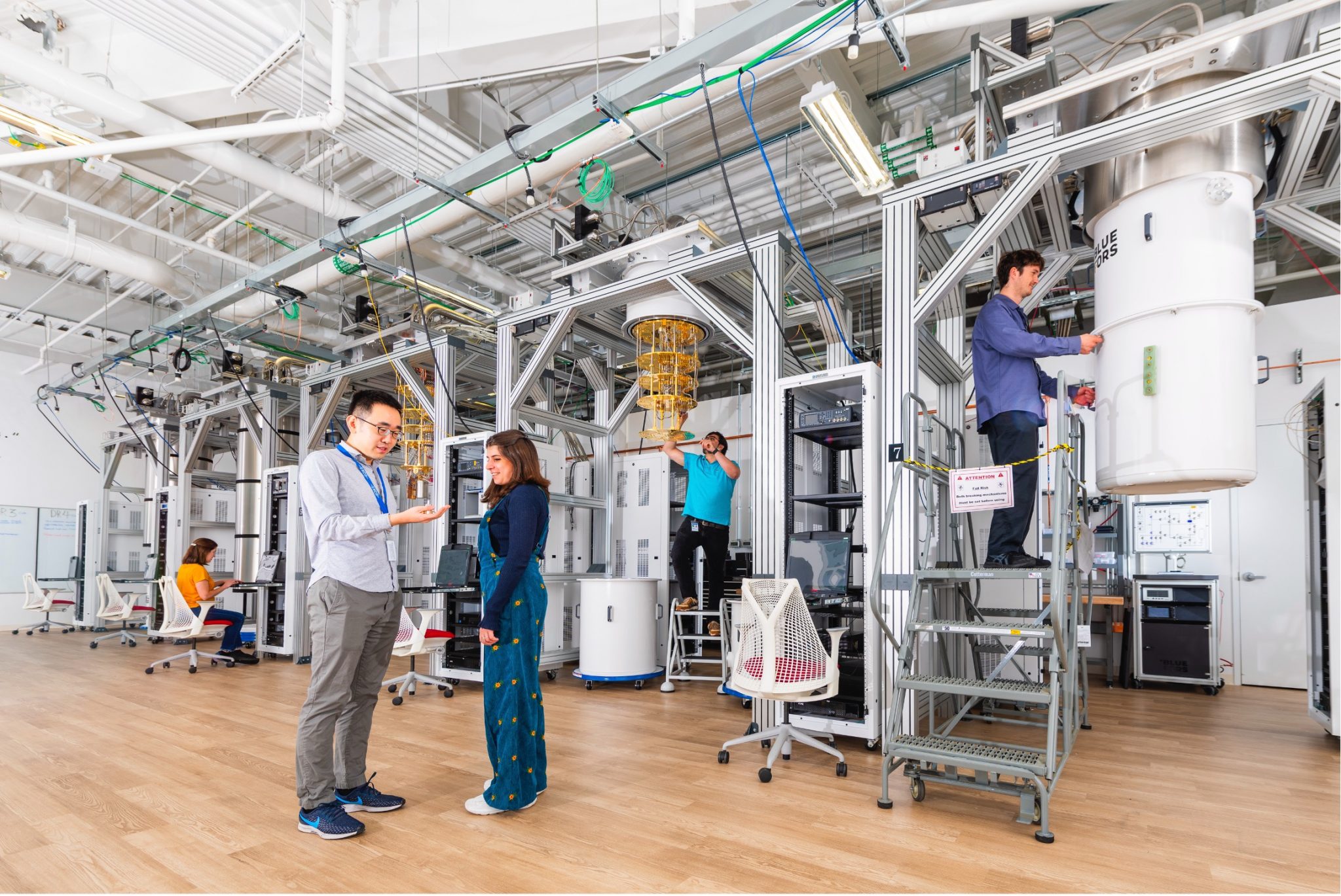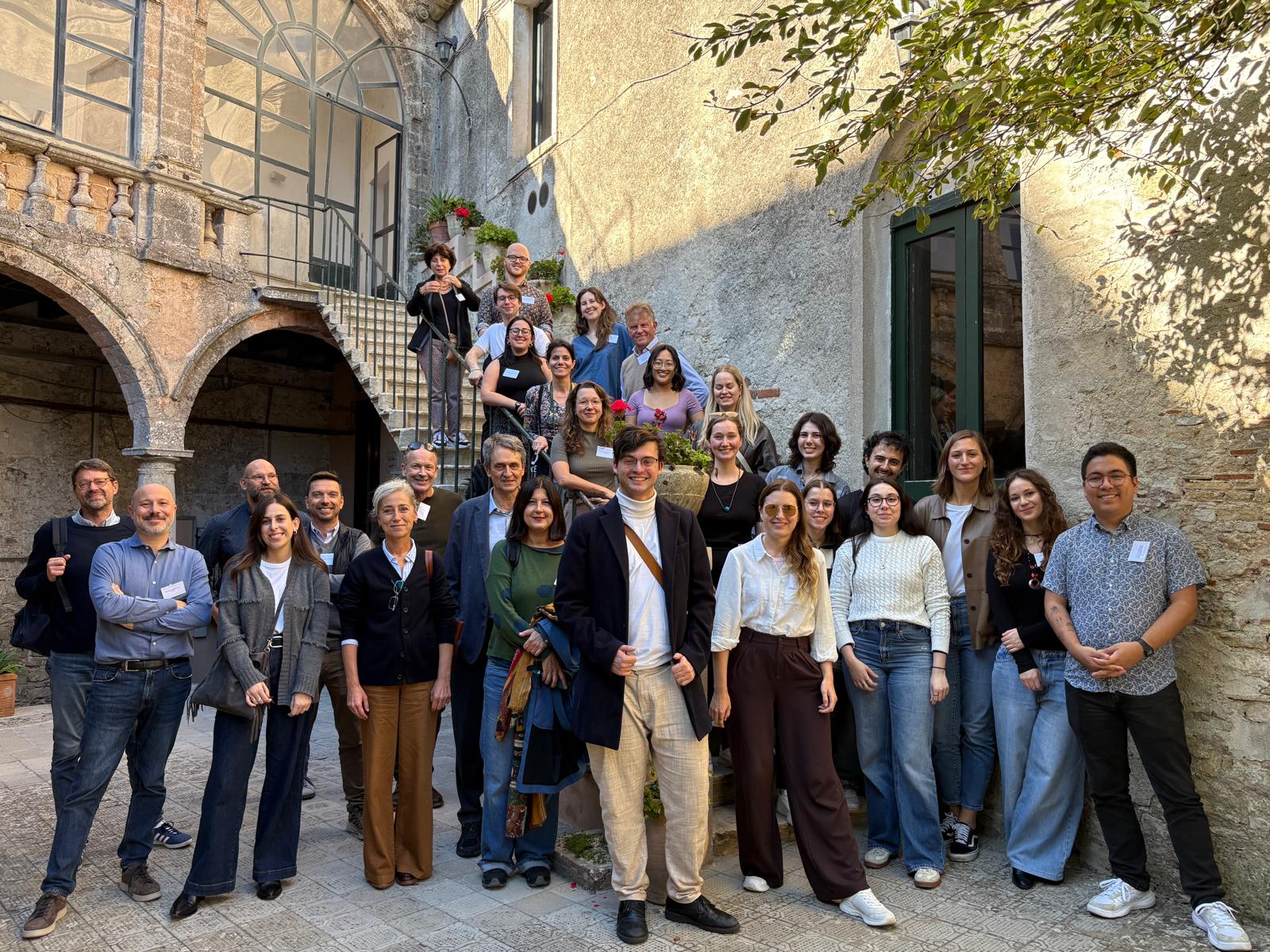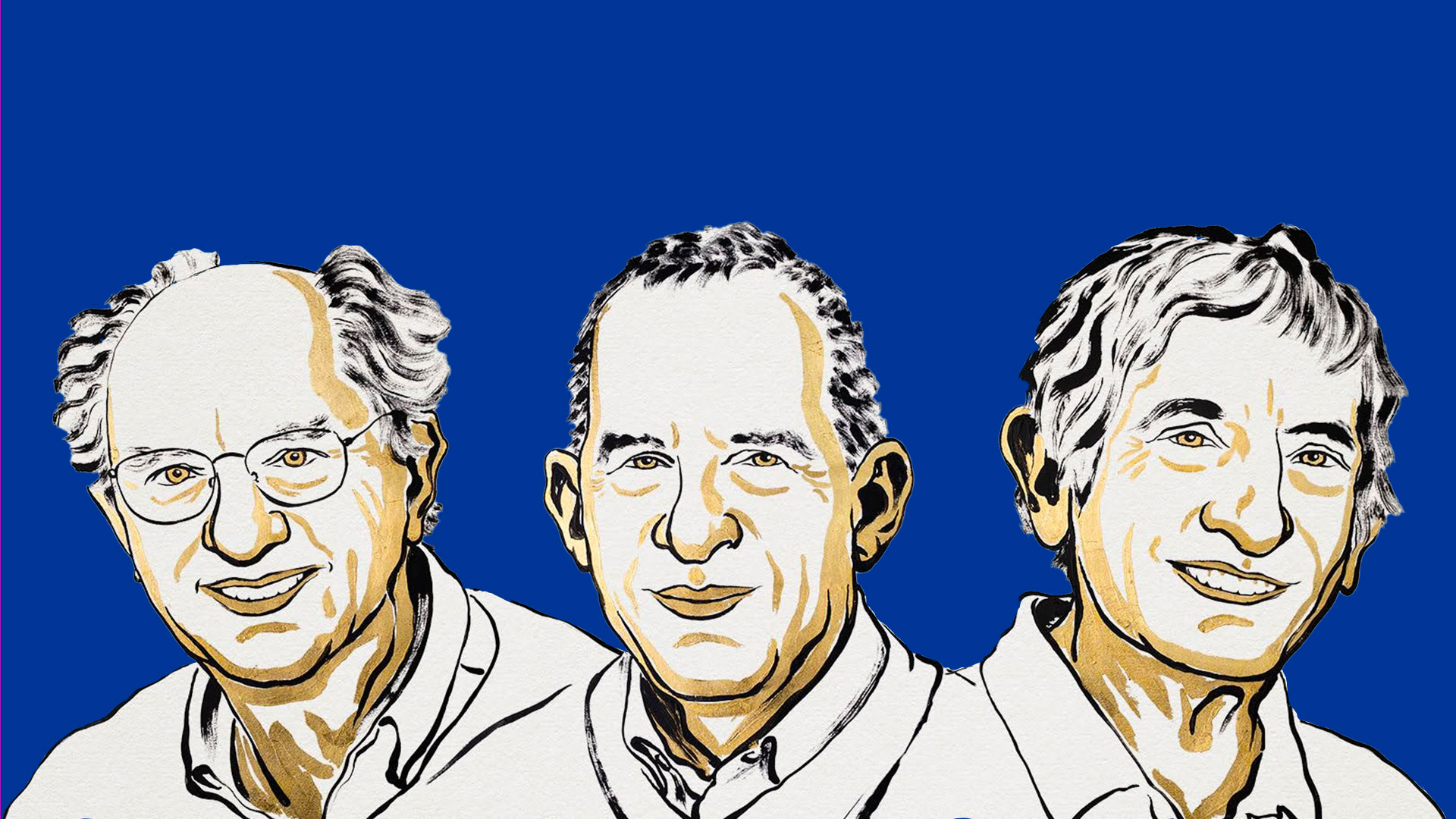 Bologna has been chosen as the headquarters of the Cherenkov Telescope Array Observatory (CTA Observatory), and Berlin as the headquarters of the Science Data Management Centre (SDMC). CTA is part of the ESFRI roadmap indicating the research infrastructures of primary interest for Europe, and this is the first time that Italy has been awarded the headquarters of an ESFRI project. The decision was taken by the CTA Board on the basis of evaluation criteria that included infrastructures, services and accessibility. The headquarters will be on the premises of INAF, the National Institute of Astrophysics, in a new building shared with the Department of Physics and Astronomy of the University of Bologna. SDMC, on the other hand, will be located in a newly built complex on the campus of the Deutsches Elektronen-Synchrotron (DESY), in Zeuthen, near Berlin. CTA is the project for the construction of the largest gamma ray telescope in the world. Italy is participating with INAF and, since 2013, with INFN.
Bologna has been chosen as the headquarters of the Cherenkov Telescope Array Observatory (CTA Observatory), and Berlin as the headquarters of the Science Data Management Centre (SDMC). CTA is part of the ESFRI roadmap indicating the research infrastructures of primary interest for Europe, and this is the first time that Italy has been awarded the headquarters of an ESFRI project. The decision was taken by the CTA Board on the basis of evaluation criteria that included infrastructures, services and accessibility. The headquarters will be on the premises of INAF, the National Institute of Astrophysics, in a new building shared with the Department of Physics and Astronomy of the University of Bologna. SDMC, on the other hand, will be located in a newly built complex on the campus of the Deutsches Elektronen-Synchrotron (DESY), in Zeuthen, near Berlin. CTA is the project for the construction of the largest gamma ray telescope in the world. Italy is participating with INAF and, since 2013, with INFN.





